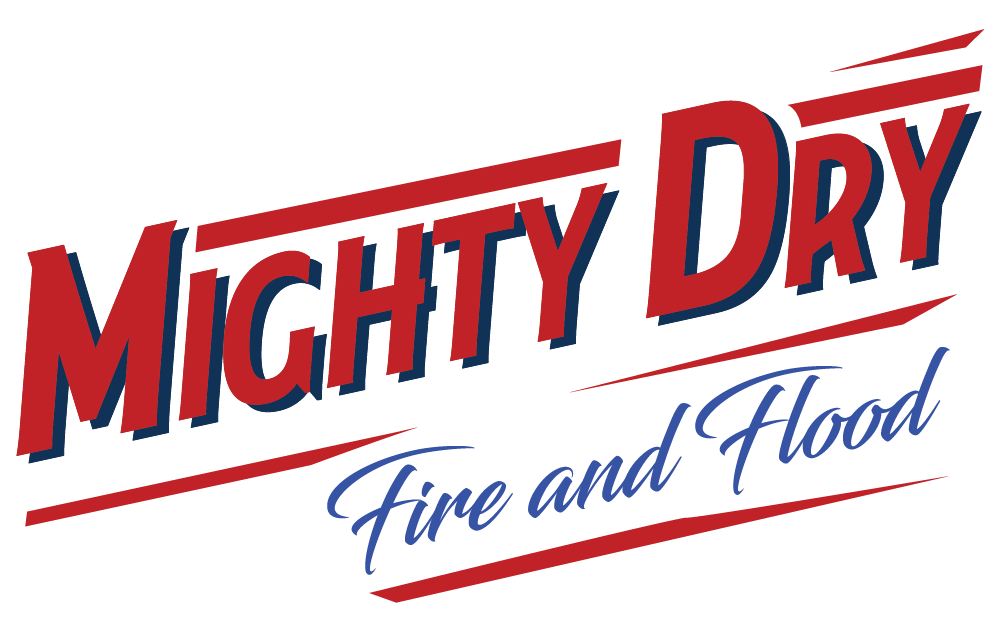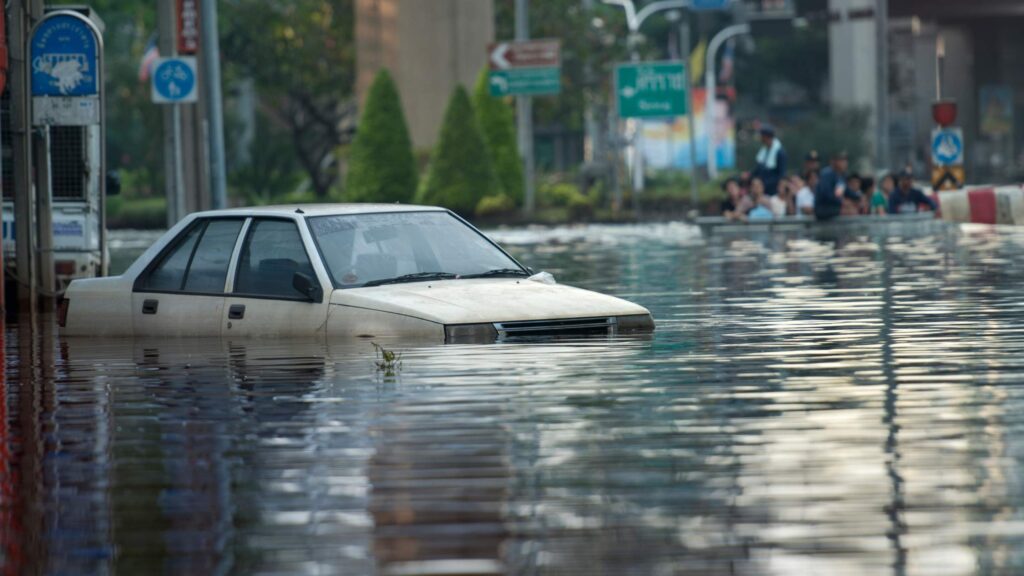Emergencies can come suddenly and wreak havoc on your home. For example, a flash flood can flood your home just hours after starting, causing irreparable damage to your belongings and property. Unfortunately, in cases like flooding, there is not much you can do to prevent it. Having a plan in place to execute when a disaster like this happens can’t prevent it from happening, but it can help salvage your home and prevent the situation from worsening. Other water damage can happen from an issue inside your home. If a pipe bursts on the second floor of your home, water may suddenly drip from your ceiling. Emergency plans can be an extremely useful resource to have during a disaster. Below is a short list of steps to take after your property has suffered from water damage.
Locate the Source
If you see standing water, the first thing you need to do is find the source. More likely than not, it will be coming from you to the nearest pipe or appliance.
Turn off the Water Source
Once you have located the source, turn off the supply. The easiest way to do this is to ensure that there is no chance to worsen the problem is turning off all water in your home. There should be a valve on the water line that brings water into your home on the outside wall near the front of the house. Turn the handle clockwise to turn off the water to your house. Knowing the location of your water line ahead of time can save you time in an emergency.
Whether it is just an inch of water or feet, it is important to call a professional to assess the extent of the damages. In the event of full house flooding, this needs to be done immediately as the damage will likely be severe and widespread. Professionals will know exactly how to properly and safely remove water from your home to preserve the integrity of the foundation. Smaller leaks may seem like a minor issue, but water damage could exist in the walls, ceiling, and floor that need to be seen by a professional. Otherwise, you may have a mold problem with your hands.
Call Your Insurance Company
After you have an emergency flood damage restoration service on the way, it is time to let your insurance know. It is important to know your coverage ahead of an emergency. You probably have homeowners insurance for sewage backups and plumbing problems but not flooding. With a small amount of San Diegans having flood insurance, it is unlikely you’ll be covered for natural disasters like flooding or hurricanes.
Remove Wet Items from Home
If it is safe to do so, begin removing wet items as soon as possible. Refer to our guides on disinfecting clothing and kitchenware after flooding. A lot of your items might be able to be dried and salvaged. Submerged items should be discarded. Leave large appliances where they are and seek an electrician’s advice as to whether they are safe to move or not.
Begin Drying Process
Once you have turned off the water and taken out everything that was affected by the water, it is time to begin the drying process. Your emergency flood specialist will handle the standing water, but you can help with fans to try and tackle the humidity left in the home by the water. Your fans should run for a few days to help get your home back to normal.
Call a Mold Specialist to Start on Prevention
Mold only takes about 24 hours to start growing. This element of flood remediation is crucial. Mold can cause short and long-term health issues. Since it takes several days to dry out your home completely, you are running the risk of mold growth at this time. Also, keep in mind that just because some mold is not visible, doesn’t mean it is not there. Mold spores grow anywhere moisture has been, including walls, flooring and HVAC ducts. Mighty Dry can help with mold prevention following a water damage disaster.
Clean Your Damaged Space
After your space is emptied out and dried, you can go back to sanitize it. If the flooding was from a pipe burst inside your home, the water is clean enough for you to handle sanitizing the space yourself. If sewage or rain flood water was involved, call a professional so you aren’t unsafely exposed to dangerous toxins.
Restore the Affected Areas
You may have a restoration project on your hands when it is all said and done. There is no telling exactly what could be affected, so predicting the restoration process is tricky.
Take Steps to Prevent Future Water Damage
To prevent future water damage, find a reliable plumber to asses the state of your pipes and your home’s water system. Proactive steps in maintaining your plumbing system can prevent water damage emergencies in the future.






